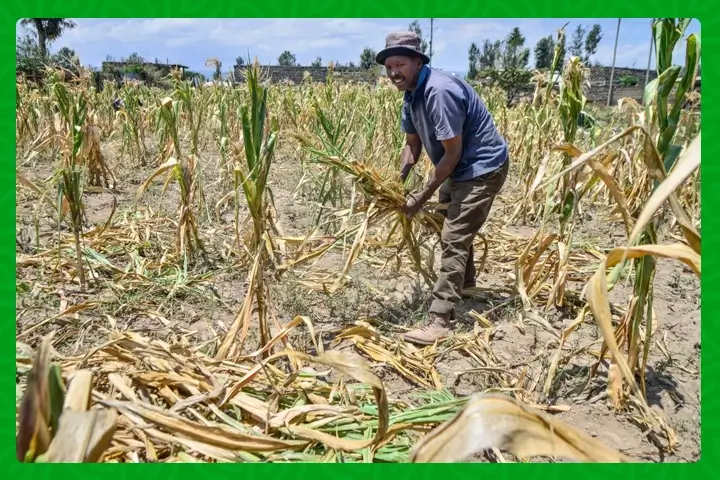
Unforeseen rainfall disruptions during the critical maize harvesting period have spurred adjustments in farm gate prices, underscoring Rwanda’s resilience in navigating agricultural challenges. The repercussions of these unusual rains on maize prices shed light on the dynamic nature of Rwanda’s agricultural sector and the collaborative efforts to mitigate the impact on farmers.
The maize farming season A of 2024, spanning from September 2023 to February 2024, encountered unexpected weather patterns, leading to prolonged harvesting periods for some farmers, extending even into March. This anomaly prompted the Ministry of Trade and Industry (MINICOM) to reassess maize prices, acknowledging the drying disruptions caused by the unanticipated rainfall.
Initially, MINICOM had stipulated minimum prices for threshed maize grain and maize grains still on cobs. However, an amended communique issued on February 21 introduced pricing adjustments based on maize dryness levels, determined by water or moisture content. This adaptive pricing structure reflects Rwanda’s proactive approach in addressing agricultural challenges with pragmatic solutions.
Under the revised pricing framework, maize prices vary according to moisture content levels, ensuring equitable compensation for farmers while accounting for additional drying expenses incurred by buyers. Evariste Tugirinshuti, president of the National Federation of Maize Farmers’ Cooperatives, emphasized the importance of protecting farmers from exploitation amidst the challenging circumstances, highlighting the collaborative efforts between government entities and maize buyers to safeguard farmers’ interests.
Cassien Karangwa, Director of Domestic Trade at MINICOM, reiterated the government’s commitment to supporting farmers by incorporating drying costs into the pricing structure. By ensuring a 15 percent profit margin per kilogram for farmers, Rwanda aims to mitigate potential losses and foster a conducive environment for agricultural prosperity.
The Seasonal Agricultural Survey 2023 conducted by the National Institute of Statistics of Rwanda (NISR) underscored the resilience of Rwanda’s maize production, with over 508,000 tonnes harvested in 2023, marking an impressive 11 percent increase compared to the previous year. This robust production further exemplifies Rwanda’s agricultural potential and the concerted efforts to enhance food security and economic stability.
As Rwanda navigates the complexities of agricultural production amidst evolving climatic conditions, the maize price adjustments serve as a testament to the nation’s adaptability and resilience. By prioritizing the well-being of farmers and fostering collaboration across the agricultural value chain, Rwanda continues to pave the way for sustainable agricultural development and prosperity for all stakeholders involved.
Original Article written by Emmanuel Ntirenganya
Stay updated with the latest farming tips and agriculture industry news from Africa by subscribing to our newsletter. Don’t miss out on valuable insights and updates. Follow us on Twitter, LinkedIn, and Facebook to join our farming community and stay connected with us.



















